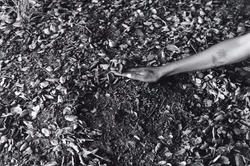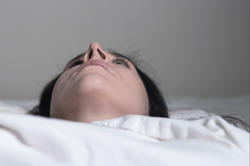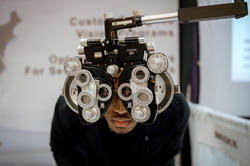Visiting artist Dionne Lee questions the makers and motives behind historical American landscape photography.
Grad Photography Work on Display
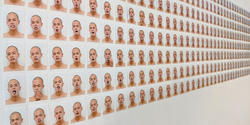
Graduate Photography students are showing work in two on-campus fall exhibitions: first-years in Arrival, on view in the Sol Koffler Graduate Student Gallery through November 7, and second-years in The I Who Is Not Me, on view in the Red Eye Gallery through October 21. The first-year show welcomes seven artists into the RISD community from countries around the world, including Canada, Australia, China and South Korea, while the second-year show uses an experimental and purely collaborative approach to reflect on how a community of artists coalesces over time.
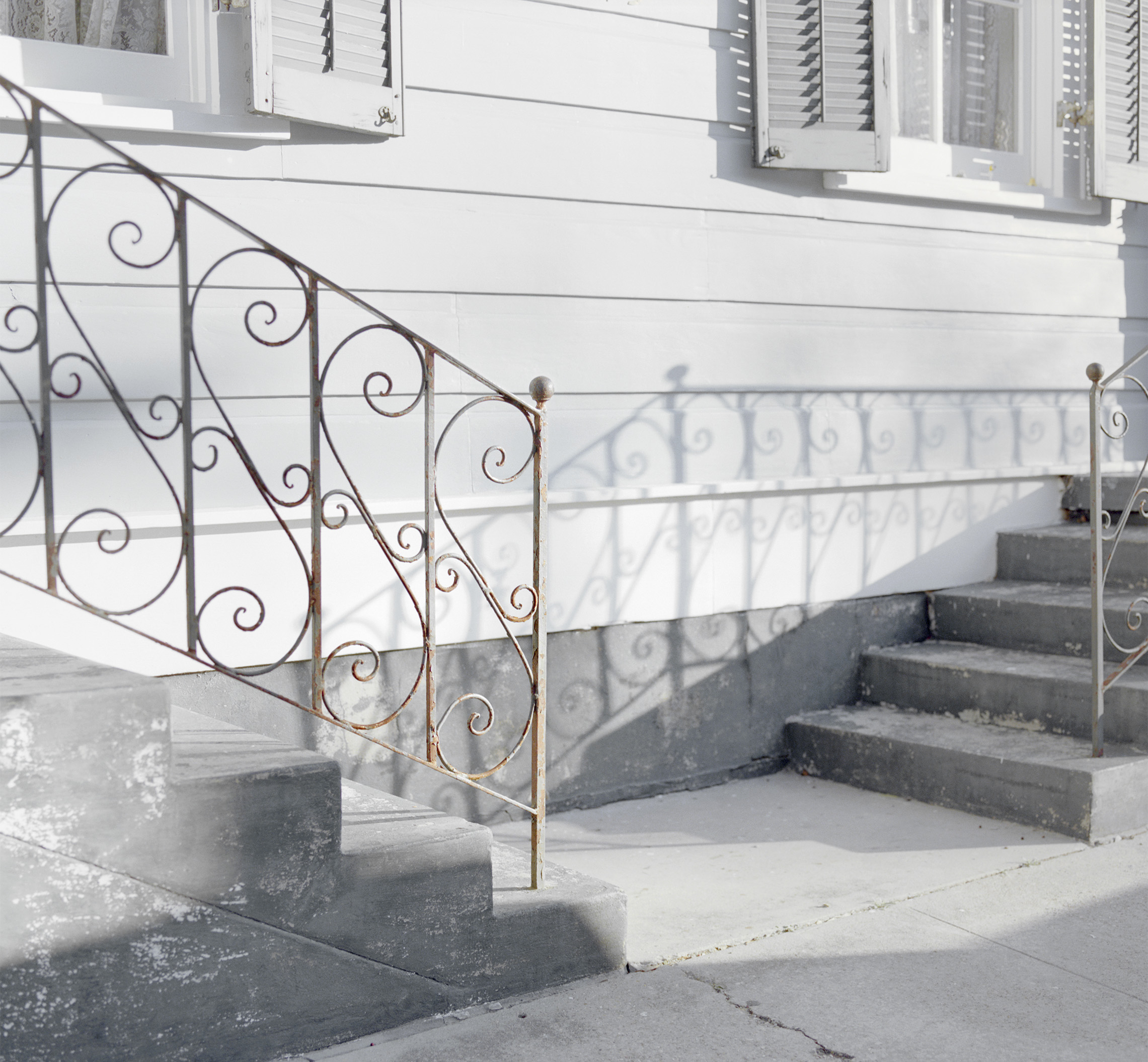
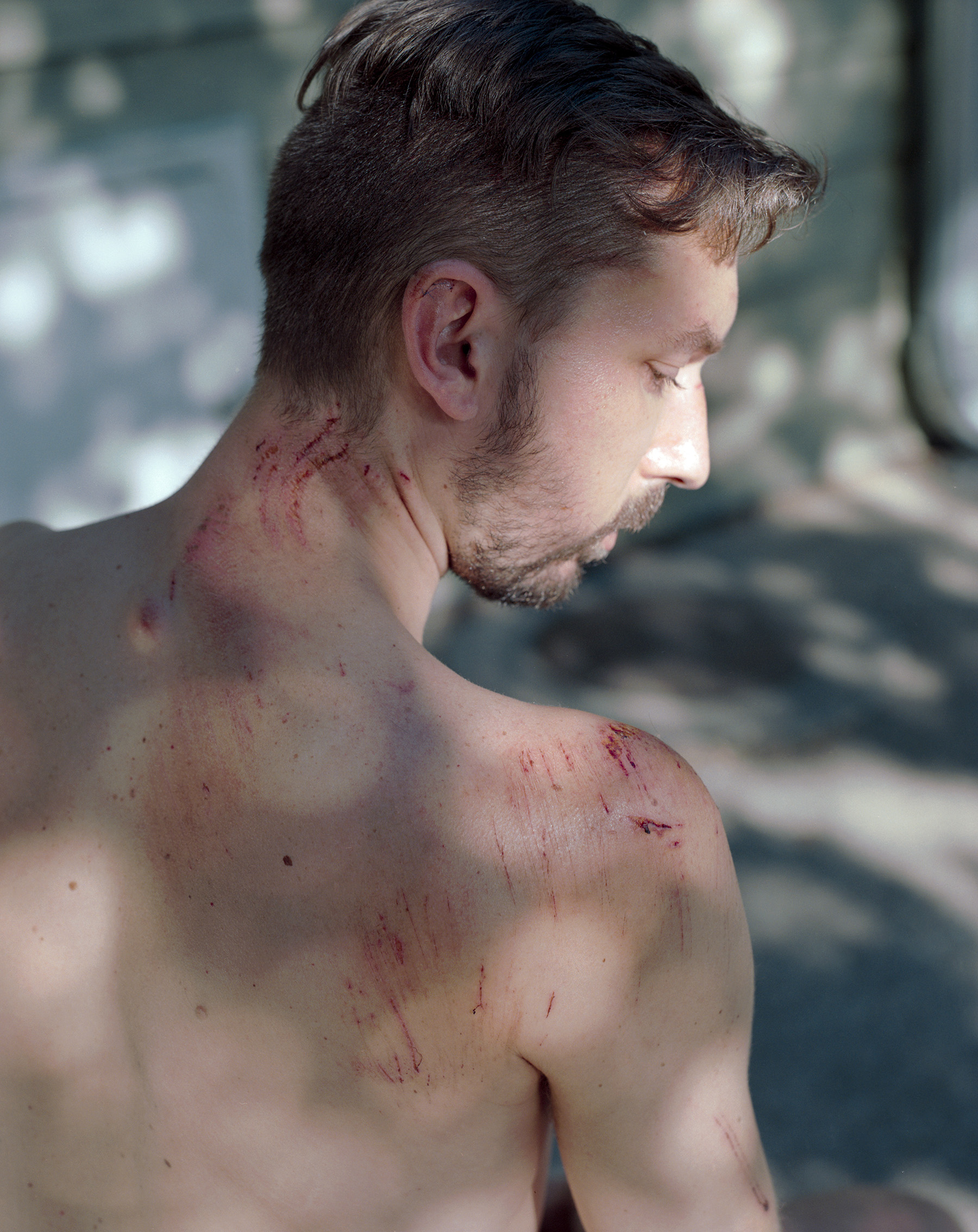
In discussing Arrival, Graduate Program Director Stanley Wolukau-Wanambwa describes the students as “diverse by way of nationality and ethnicity” and notes the “complementary and diverging lines of inquiry in their practices. One of the things photography is able to do really well,” he says, “is pick up different resonances of experience.”
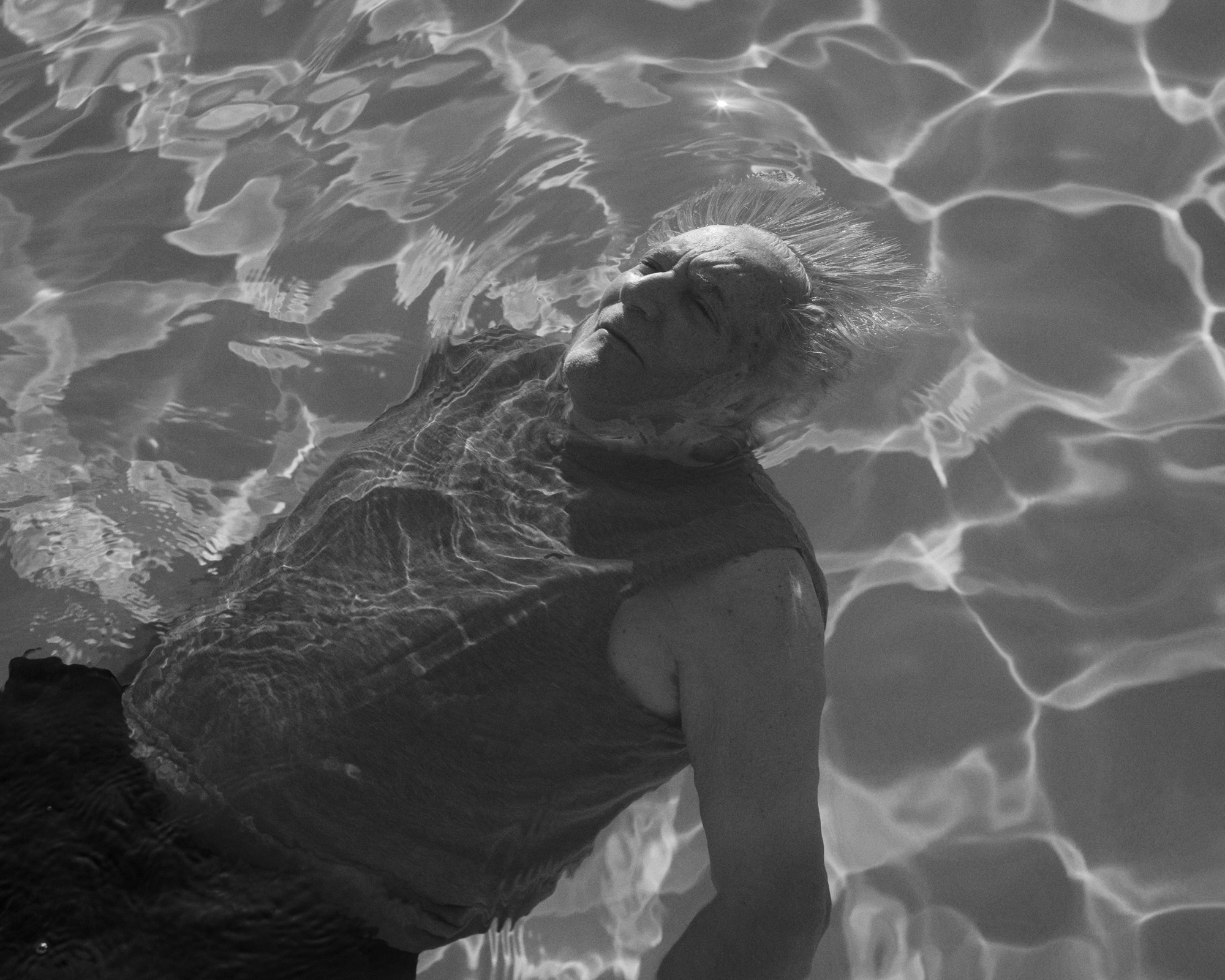
The show opens with Kain (inkjet on paper, top photo) by Filipino-American Kerr Cirilo MFA 23 PH, a wall of tiny photographs of the artist consuming his own passport photo, perhaps in response to a text from his mother (translated from the Tagalog): “Have you eaten? What did you eat?”
“One of the things photography is able to do really well is pick up different resonances of experience.”
Each artist inhabits their own section of the gallery, showing photographs from their lives before RISD and also videos, works on paper, ink on glass and small sculptural pieces. Photographs by Jamil Fatti MFA 23 PH evoke a sense of nostalgia and loss, while a series of self-portraits by Anique Jordan MFA 23 PH revisits places considered sacred to her maternal family’s home in San Fernando, Trinidad. “The influence of colonialism, power and gender are woven into each image,” Jordan explains, “[and the] series encompasses the subjective nature of history—especially family histories that bridge the mythological and the political, fact and fiction.”

Alana Perino MFA 23 PH describes their Pictures of Birds series as an examination of “selfhood, family and home and an attempt to find strength in the insecurities of heritage.” Adjacent work by Renee Cha MFA 23 PH also taps into family life and intangible connections to home.
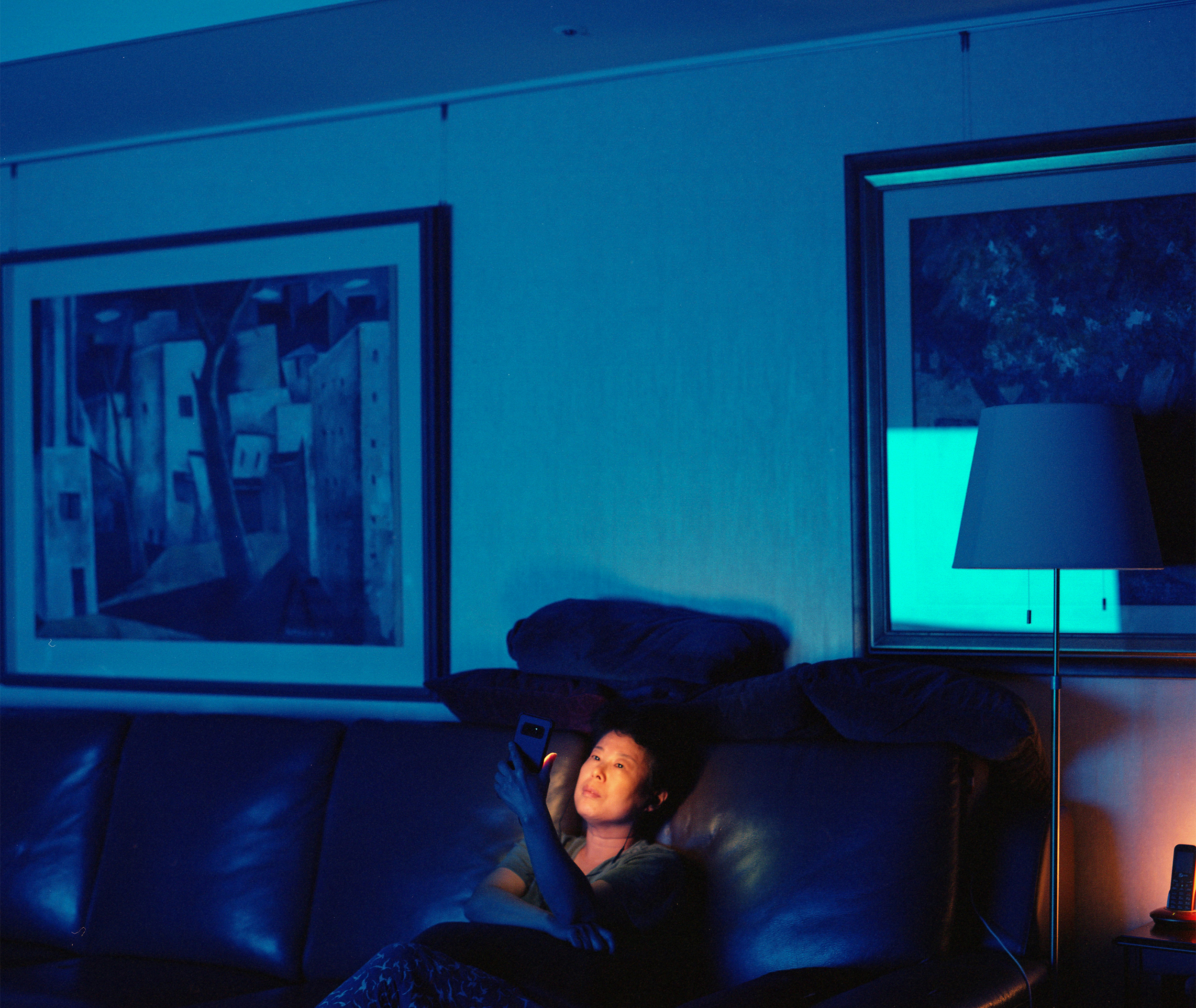
But while much of the work on view is personal, there are also multimodal narratives exploring historical movements and ancient folklore. A series called Climb, grip, hold by Kai Wasikowski MFA 23 PH considers the settler colonial origins of late 19th-century conservation movements and landscape photography. “I was specifically interested in how the environmental rhetoric of naturalist figures like John Muir and Theodore Roosevelt… helped to maintain the socially and politically conservative status quo that favors the Anglo, male body in nature,” the artist explains.
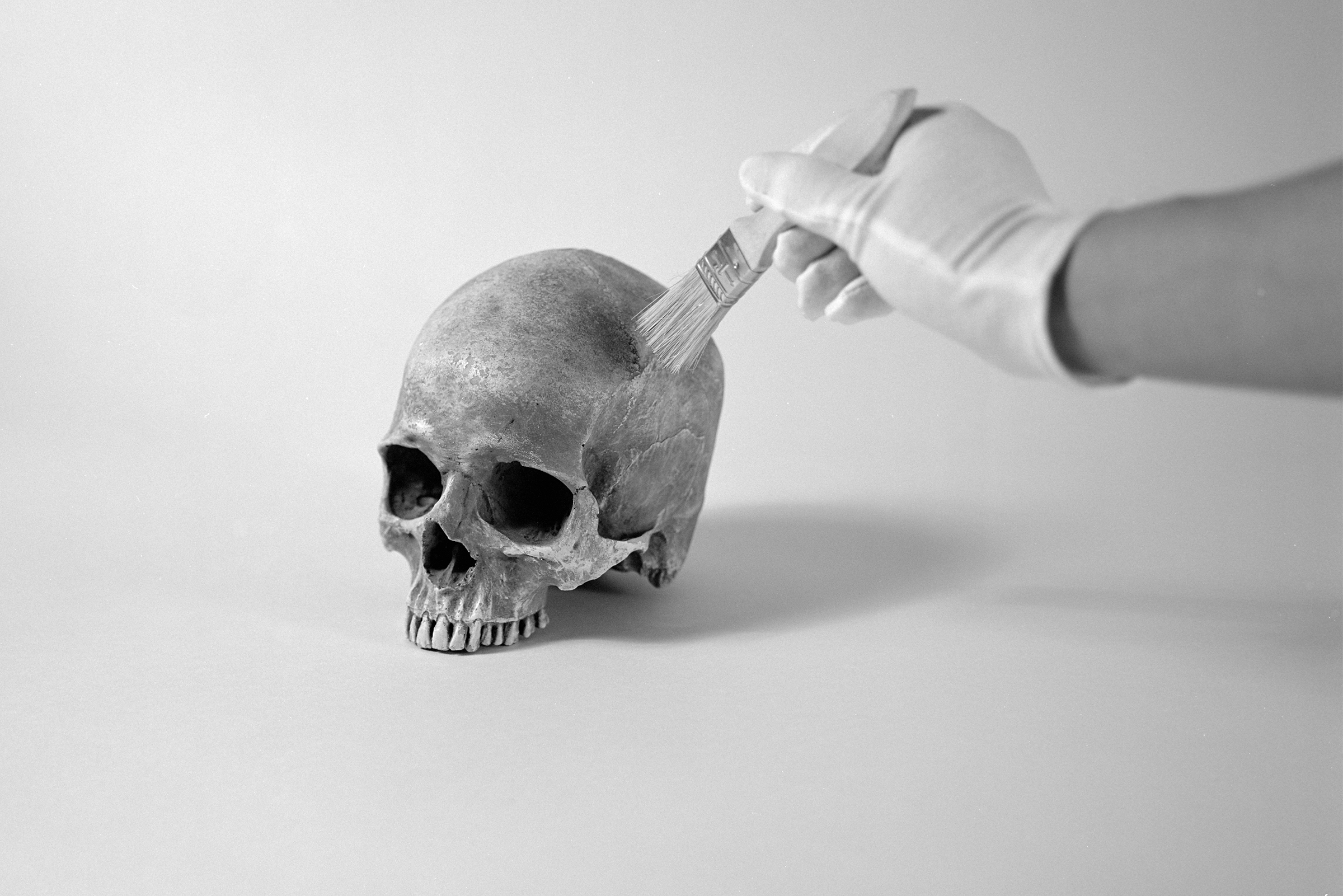

Around the corner, a project by Zeyuan Ren MFA 23 PH traces the legend of 16th-century Portuguese smugglers whose bones are said to be buried in the islands of Zhoushan near Ningbo, China. “With a controversial travelogue and two folk dictations as a starting point, this project tries to imagine the foggy historical fragments through photographs and performance video,” Ren says.
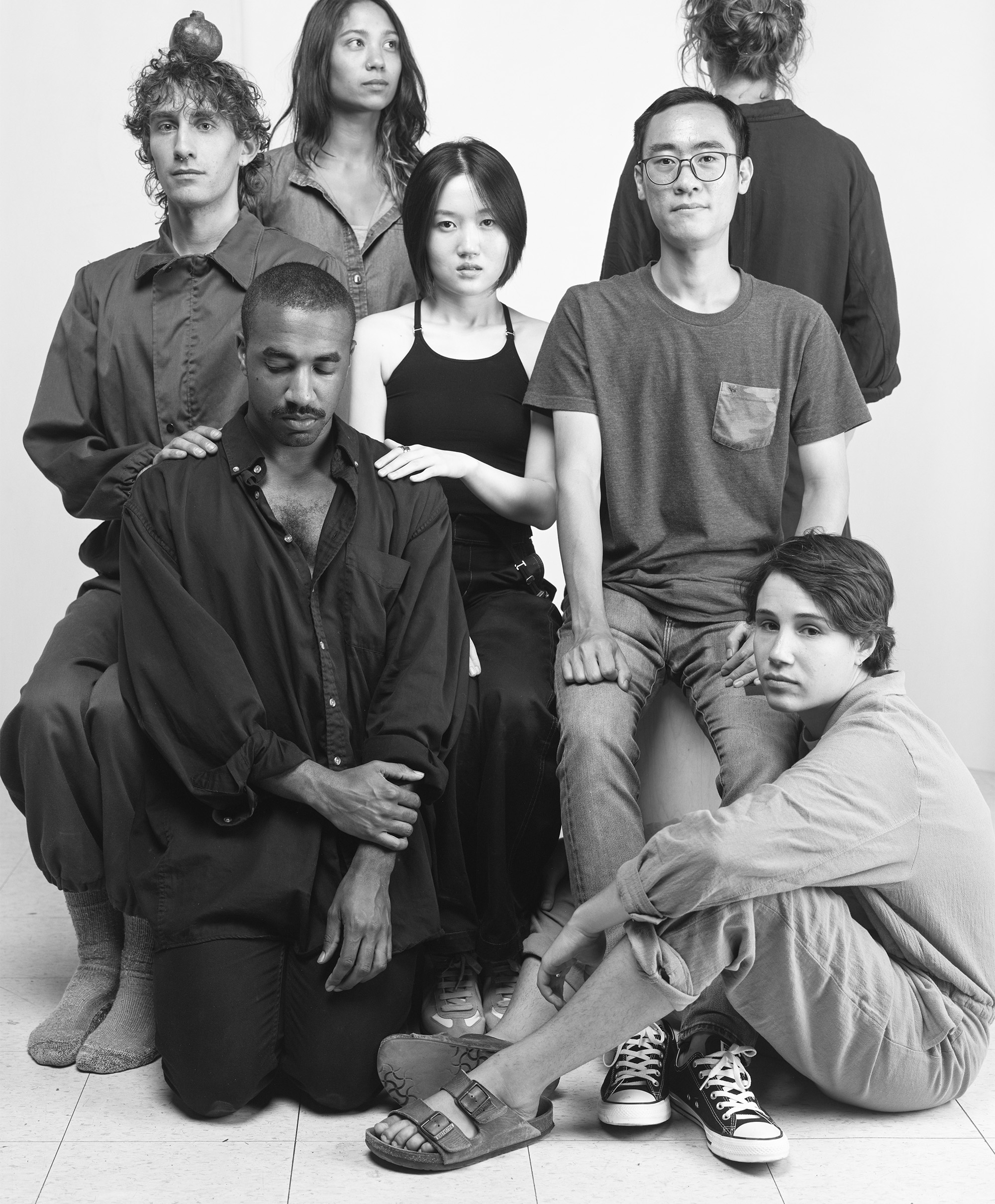
On the other side of the Providence River, a very different kind of exhibition is on view in the Design Center’s fourth-floor Red Eye Gallery. Taking inspiration from Fluxus artists and the daily practices of Yoko Ono, The I Who Is Not Me eliminates individual authorship and focuses on restoring an essence of community experimentation.
“When the seven of us got together to brainstorm what we wanted this show to be, we were just relishing our togetherness after a year of COVID,” says Beth Johnston MFA 22 PH. “Collaboration led to something bigger than what we could have made individually.”
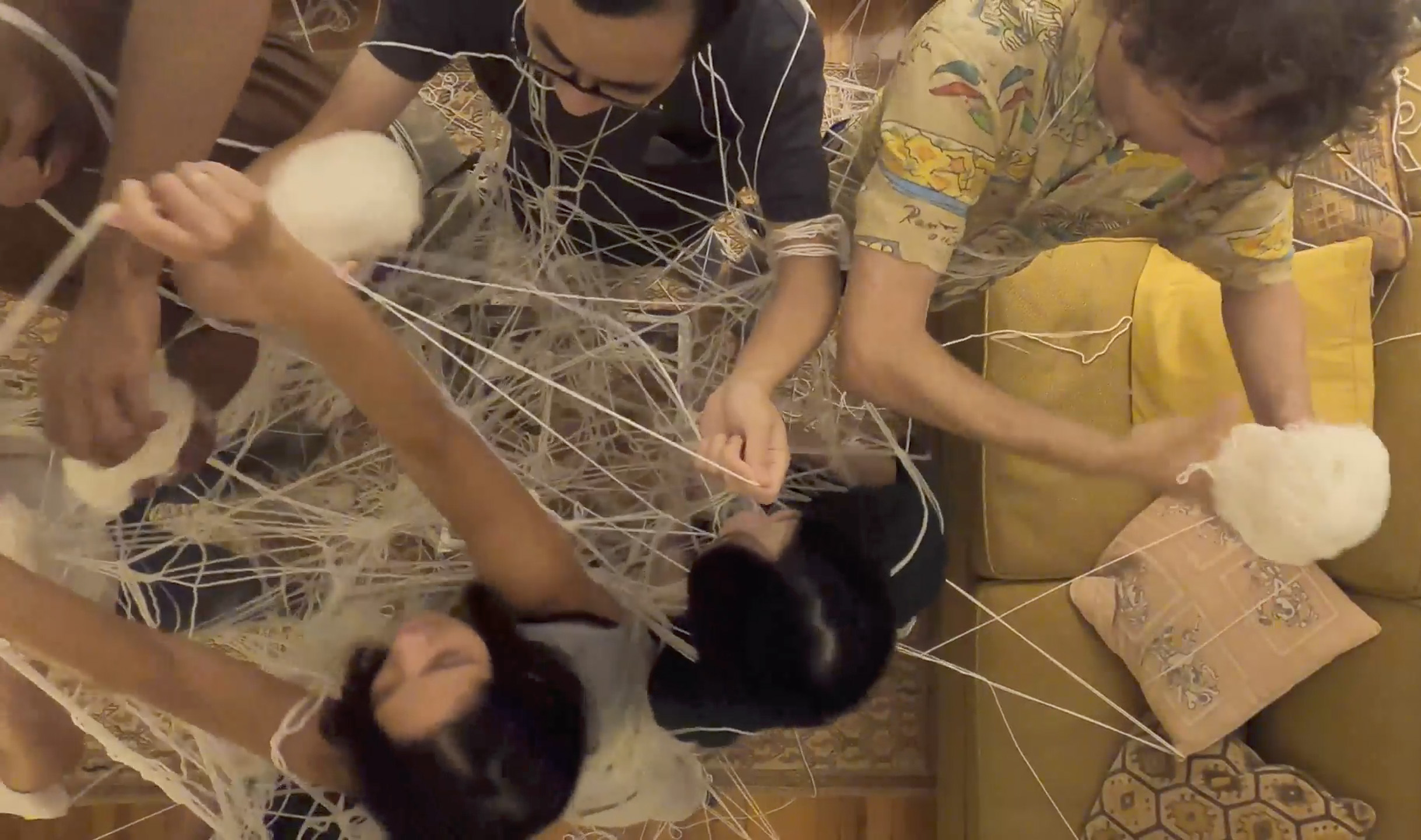
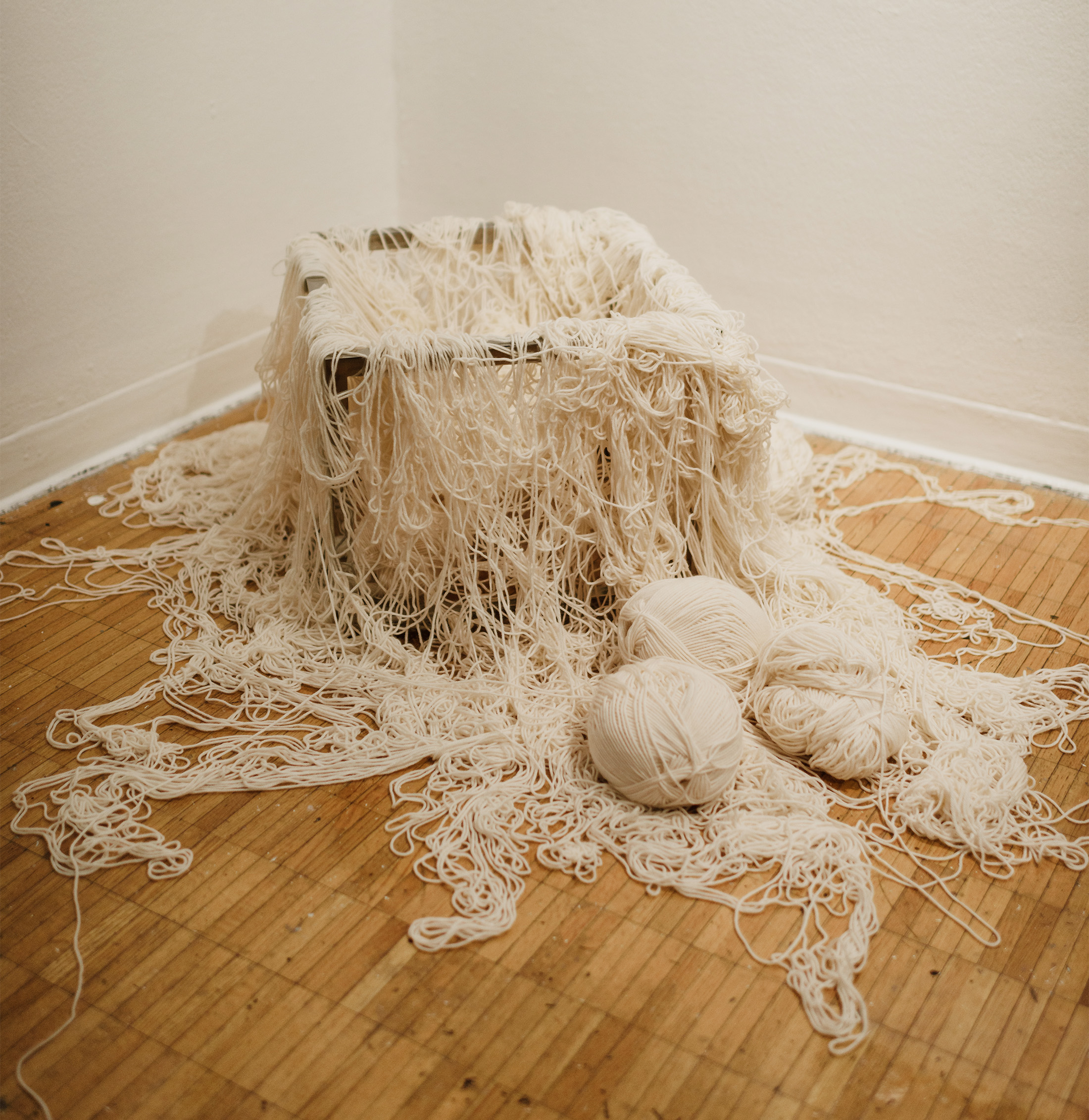
The core of the exhibition is a series of large-format black-and-white portraits of the group. “Each of us took a turn constructing one of the images,” Jonathan Jackson MFA 22 PH explains, “and the process set a tone of levity, silliness, play and contact.”
“Collaboration led to something bigger than what we could have made individually.”
Also on view are two collaboratively made videos, one of the group walking outdoors and the other a kind of performance piece in which the artists use a ball of yarn to tangle themselves together. “Play and exposure to the landscape connect back to ideas of childhood and getting let loose outside and how that begins to disappear as you fill the spaces of your life with responsibilities,” says Jackson.
“We’re in this intensive time where output is celebrated,” Johnston adds. “There is something really profound and freeing about stripping away the intellectualization of output and just seeing what happens.”
—Simone Solondz
October 18, 2021
